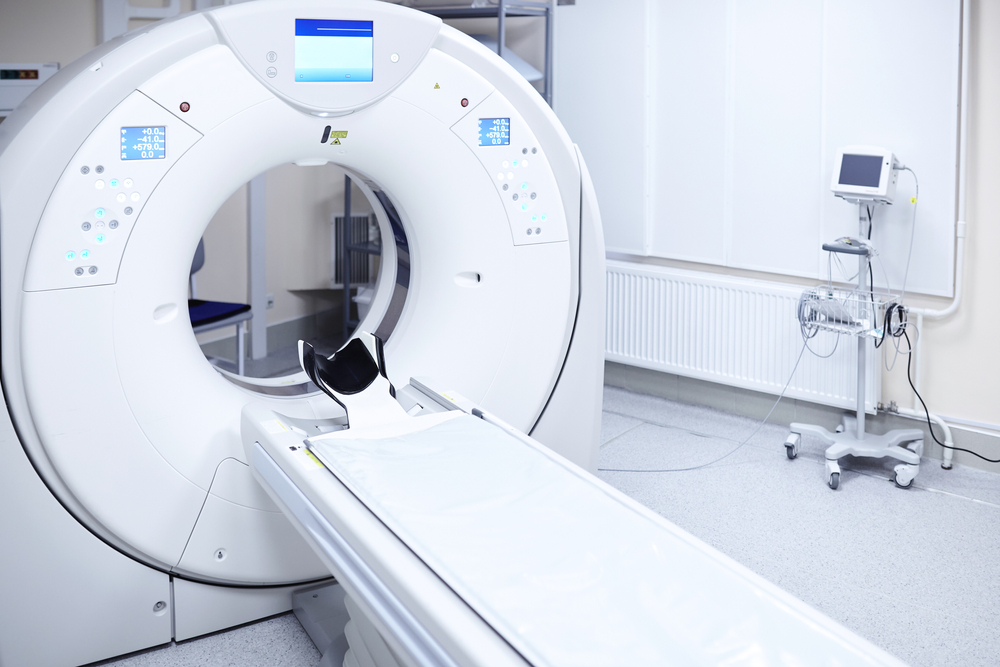Search results for: CT
Virginia Radiologist Acquitted in Alleged Malpractice Case
Recently, a jury in Virginia rendered their decision in a case that accused a local radiologist of malpractice in the treatment of a deceased patient. The case was brought by the estate of Carl Henderson Jr. who died from an aortic aneurysm five days after being discharged from the hospital. They sought $10 million in…
Read MoreArtificial Intelligence Can Aid Early Detection of Malignant Liver Tumors
Early detection of malignant liver tumors is crucial for improving a patient’s prognosis. The most common malignant liver tumor is hepatocellular carcinoma, which is often diagnosed too late because of the difficulty in distinguishing between it and other liver conditions. It’s often said that “time is liver” – delay in identifying and treating hepatocellular carcinoma…
Read MoreCancer Patients Present Imaging Challenges on COVID CT Scans
CT scans are a critical diagnostic tool for diagnosing COVID pneumonia. Given the number of cancer patients and their susceptibility to infections adds to the overall number of COVID cases. In many emergency departments, cancer patients are likely a substantial portion of any COVID-infected population. However, a recent study revealed that cancer patients face…
Read MoreIncreased Use of CCTA Cost Effective for Diagnosing Coronary Artery Disease
Radiologic screening opportunities are on the increase in the field of cardiology. A new retrospective study examined the results in the United Kingdom of the National Institute for Health and Care Excellence (NICE)’s 2016 recommendation that coronary CT angiography (CCTA) be used as the first-line test for potential angina. Research, led by Jonathan Weir-McCall, PhD…
Read MoreLess Movements Just as Effective In Ultrasound for Pancreatic Biopsies
A new Japanese study shows that fewer to-and-fro movements during an endoscopic ultrasound-guided fine-needle biopsy (EUS-FNB) are equally effective when performing a pancreatic tumor biopsy. Gastrointestinal Endoscopy published the results in late January. Researchers led by Dr. Kosuke Takahashi of Nagasaki University postulated that far fewer movements are required to acquire the needed sample. The…
Read More



